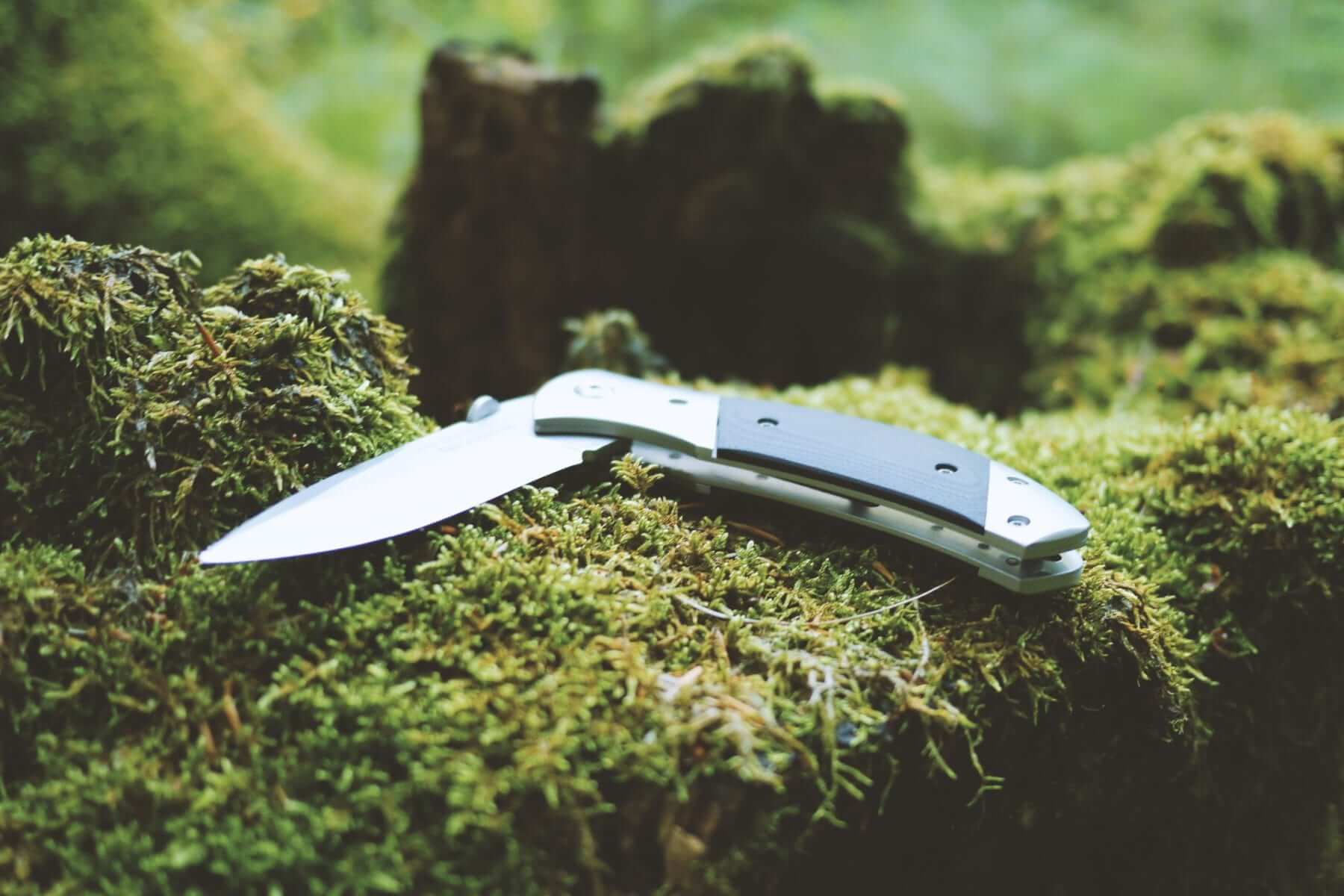A Laguiole knife is more than just a cutting tool—it’s a piece of French tradition and craftsmanship. Originating from the Laguiole region in France, these knives are renowned for their elegance, functionality, and unique design. Whether you’re an avid collector or a culinary enthusiast, selecting the perfect Laguiole knife can be an enriching experience. You may select the best Laguiole knife for your needs by following this guide, which will walk you through the key factors to take into account.
Knowing About Laguiole Knives
Knowing what makes Laguiole knives unique is essential before beginning the choosing process. Traditionally, a Laguiole knife features a distinctive shape with a curved handle and a bee emblem, symbolizing the knife’s regional heritage. These knives are known for their high-quality craftsmanship, often handmade by skilled artisans. They come in various types, including pocket knives, table knives, and folding knives, each serving different purposes.
Determine The Purpose
The first step in selecting a Laguiole knife is to determine its primary use. Different types of Laguiole knives are designed for various functions:
- Pocket Knives: Ideal for everyday carry and versatile tasks. They are compact and often feature a combination of blade types for different uses.
- Table Knives: Commonly used for dining, these knives are designed for cutting food at the table and often come in sets.
- Folding Knives: These knives are convenient for carrying in a pocket or bag, featuring a blade that folds into the handle.
Knowing the intended use of the knife will help you focus your options and make sure you choose one that suits your demands.
Choose The Blade Material
The blade material is a crucial factor in the performance and durability of a Laguiole knife. Common blade materials include:
- Stainless Steel: Offers excellent corrosion resistance and ease of maintenance. It’s a popular choice for everyday use due to its durability.
- Carbon Steel: Carbon steel blades are well known for their sharpness and durability, but they need to be maintained frequently to avoid corrosion.
- Damascus Steel: Features a layered pattern and is renowned for its strength and aesthetic appeal. It combines the best of both stainless and carbon steel properties.
Each material has its advantages, so consider your preferences and how much maintenance you’re willing to perform.
Evaluate The Handle Material
The handle material of a Laguiole knife affects its comfort, aesthetics, and overall durability. Common handle materials include:
- Wood: Traditional and elegant wooden handles can be made from various types of wood, such as olive, ebony, or rosewood. They offer a classic look but may require more maintenance to prevent wear and tear.
- Horn: Handles made from animal horns, such as cattle or buffalo, provide a unique and natural appearance. They are durable and comfortable but may vary in color and pattern.
- Synthetic Materials: Modern synthetic handles, like Micarta or G10, offer durability and resistance to environmental factors. They are less prone to damage but may lack the traditional charm of natural materials.
Choose a handle material that aligns with your aesthetic preferences and practical needs.
Consider The Blade Design
Laguiole knives come with various blade designs, each suited for different tasks:
- Straight Blade: Ideal for general use, including cutting and slicing. It’s versatile and suitable for various applications.
- Serrated Blade: Equipped with a jagged edge, this design excels at cutting through tough materials like bread or fibrous foods.
- Drop Point Blade: Features a curved tip, making it suitable for precision tasks and detailed work.
Select a blade design based on your intended use and personal preferences.
Check The Craftsmanship
The craftsmanship of a Laguiole knife reflects its quality and authenticity. Look for the following indicators of a well-made knife:
- Lock Mechanism: For folding knives, check the reliability and smoothness of the lock mechanism. A secure lock ensures safe operation.
- Fit And Finish: Examine the fit between the blade and handle. A well-crafted knife will have a smooth transition with no gaps or loose parts.
- Artisan Marks: Authentic Laguiole knives often feature marks or signatures from the artisan. These can be an indication of the knife’s origin and craftsmanship.
Inspecting these details will help you assess the overall quality of the knife.
Assess The Brand And Provenance
While many Laguiole knives are crafted with high standards, some brands and manufacturers are renowned for their exceptional quality. Researching reputable brands and their history can provide insights into the knife’s craftsmanship and authenticity. Investing in a knife from a reputable manufacturer will guarantee that you get a real, high-quality item.
Set A Budget
Laguiole knives vary widely in price, depending on factors such as materials, craftsmanship, and brand. Set a budget that aligns with your preferences and intended use. While high-end knives offer superior quality and craftsmanship, there are also affordable options that provide excellent value.
Conclusion
Selecting the perfect Laguiole knife involves careful consideration of its purpose, blade material, handle material, blade design, craftsmanship, and brand. By understanding these factors and aligning them with your personal preferences and needs, you can find a Laguiole knife that not only enhances your collection but also serves you well in various tasks. Whether you’re a seasoned collector or a newcomer to the world of Laguiole knives, making an informed choice will ensure you enjoy the beauty and functionality of this iconic French tool for years to come.
Keep an eye for more latest news & updates on Chicago Heading!

